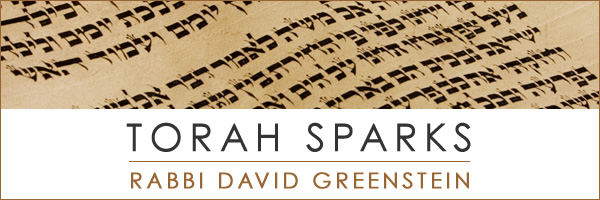Parashat Tazria: Leviticus 12:1 – 13:59
Rosh Hodesh / Shabbat HaHodesh: Numbers 19:1-22, Exodus 12:1-20
In this week’s reading we encounter a very important comment by the greatest Biblical commentator of all time, Rashi (- Rabbi Shlomo Yitzhaqi – died, 1105). This is a Torah reading where we need his assistance more than ever. The bulk of this Torah portion (and the next) deals with the strange phenomenon called tzara`at. It is an affliction that can hit the surfaces of human beings, clothing and dwelling places. It requires scrupulous examination by a priest in order to be identified. That examination can go on for weeks, by which time the priest must decide what exactly he has been looking at. Is it tzara`at, with all its legal and ritual ramifications, or is it some other kind of skin affliction, necessitating a good doctor and not a priest. It is very hard to grasp what the Torah is saying, so Rashi would be a great help for us.
It is remarkable, therefore, to read his comment on Leviticus 13:4. The verse has been translated as follows: “But if it is a white discoloration on the skin of his body which does not appear to be deeper than the skin and the hair in it is not turned white, the priest shall isolate the person for seven days.”
Rashi’s comment is: “I do not know its meaning.”
Rashi is not speaking about some deep significance to be mined from the Biblical text. Rather, he is admitting that he simply doesn’t understand what the text is saying!
This comment aptly highlights one of the fundamental motifs of our Torah reading. Like tzara`at itself, it is a motif that lies a bit under the surface. Ostensibly, the Torah’s subject here is skin afflictions and their resultant ritual purity or impurity. However, the Torah quickly discovers that its chosen subject has raised another issue altogether – the problem of language and its relation to experience. The Torah, as she tries to clarify for the priest and for us what tzara`at looks like, distinguishing between this skin shade and that, this type of inflammation and that – as she tries to describe what can only be seen – comes up against the limitations of language.
Yet, at the same time, the Torah elevates language to be the chief arbiter of all that we sense. She insists that what the priest sees will not be meaningful without resorting to language. The priest must use words to label what he sees. Is it tzara`at or is it a simple rash? It all depends on whichever word the priest declares it to be. It is meaningless until the priest speaks the words.
Thus our text exemplifies the impotence of language to do justice to our incredibly complex experiences, on the one hand, as it also insists, on the other hand, on the controlling potency of language to give definition to our experience. (Perhaps the Rabbis connection of tzara`at to the ethics of speech is not as arbitrary a linkage as many have thought.)
And this is why Rashi’s comment is so poignant. At this point in the text, as the Torah strains to be as clear as possible, Rashi, one of the greatest readers of all time, simply says, “I don’t understand these words.”
We might expect his commentary to end at this point, in silence and surrender. And we might be tempted to view this Torah portion as a failed text. After all, the Torah has tried to speak to us and she has failed to communicate her meaning. But, just at that moment, Rashi raises his pen again and continues with his comments! It is as if he said, “I have failed to understand these words, but I hope to understand the next ones. The Torah has failed to speak to me here, but perhaps she will speak to me more clearly in the next verse.”
What amazing qualities of humility, wisdom and faith can be found in that moment, in those words.
Shabbat Shalom
Rabbi David Greenstein
- Toby Stein: In Memoriam - Thu, Feb 8, 2024
- Faithfulness and Hope: Parashat Sh’lach - Thu, Jun 23, 2022
- Past Their Prime: Parashat B’ha`a lot’kha - Thu, Jun 16, 2022

